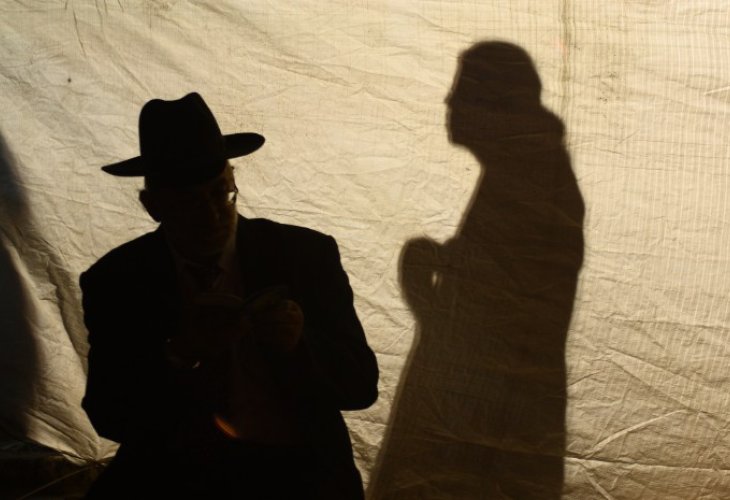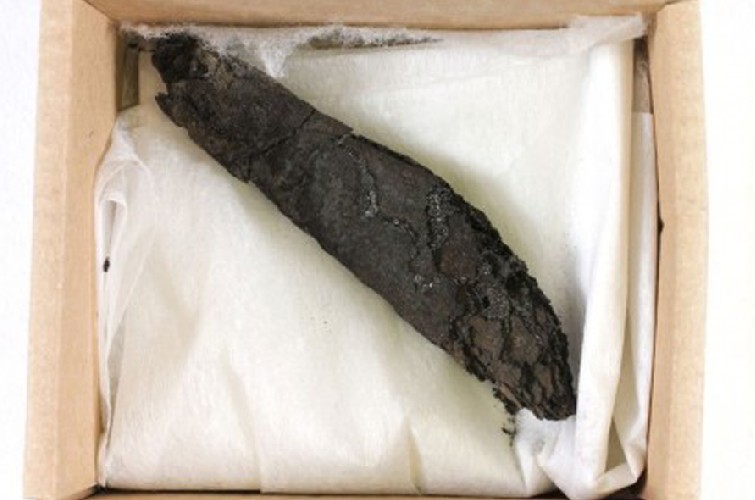After 1,500 Years: The Enigmatic Scroll Revealed
A 1,500-year-old scroll charred in archaeological excavations has been deciphered using advanced 3D imaging technologies.

The first verses of the Book of Leviticus have been discovered in a 1,500-year-old scroll found within the Holy Ark of an ancient synagogue in Ein Gedi.
The scroll, made of parchment, was uncovered in 1970 during archaeological digs at the Ein Gedi synagogue, but due to its charred condition, the content remained a mystery.
About a year ago, Israeli company Merkel Technologies began scanning fragments of scrolls and tefillin housed at the Israel Antiquities Authority using advanced technologies they developed, including 3D scanning with a micro-CT system. The scanning results, which included the Ein Gedi scroll, were sent to Professor Brent Seales at the University of Kentucky. He developed a digital imaging software that allows for a virtual unfolding of the charred, rolled-up scroll, revealing its contents. It was thus discovered that the scroll contains the beginning of the Book of Leviticus.
 1,500-year-old scroll (Photo: Israel Antiquities Authority)
1,500-year-old scroll (Photo: Israel Antiquities Authority)This marks the first time that a Torah scroll has been found in archaeological excavations within an ancient synagogue, particularly inside the Holy Ark.
Dr. Sefi Porath, who discovered the scroll during the Ein Gedi excavations 45 years ago, stated: "Deciphering the scroll that was a mystery to us is incredibly exciting. Ein Gedi was a Jewish village in the Byzantine period with a synagogue featuring an ornate mosaic floor and a Holy Ark. The settlement burned down entirely, and none of its residents returned to resettle it or sift through the ruins to salvage precious belongings. In the archaeological digs of the burned synagogue, we found, along with the charred scroll, a bronze seven-branched menorah, the community chest containing about 3,500 coins, glass and clay oil lamps, and spice storage vessels." Porath added, "We have no information on the cause of the fire, but theories range from a Bedouin raid from the east of the Dead Sea to conflicts with the Byzantine authorities."

